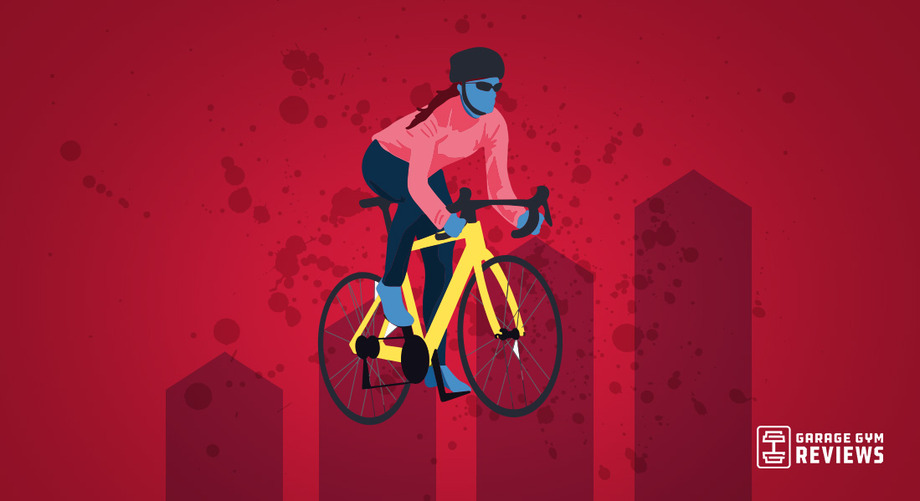We test and review fitness products based on an independent, multi-point methodology. If you use our links to purchase something, we may earn a commission. Read our disclosures.
Exercise intensity can give you clues as to how effective your workout is. (Let me preface this by saying that high-intensity doesn’t necessarily mean better.)
The type of physical activity that’s best for you depends on your specific fitness goals. But overall, high-intensity workouts can help you burn calories1, build stamina, and increase muscle mass in less time. If those are your main health goals, you may be thinking “count me in,” but how do you define and measure what high intensity means for you, especially since everyone is different?
The talk test is a common way to measure exercise intensity, as are target heart rate and estimated maximum heart rate. The rate of perceived exertion (RPE), or the Borg rating, is another way. In this guide, we’ll answer the question “What is RPE?” and give you a quick rundown on why you should care.
Defining RPE
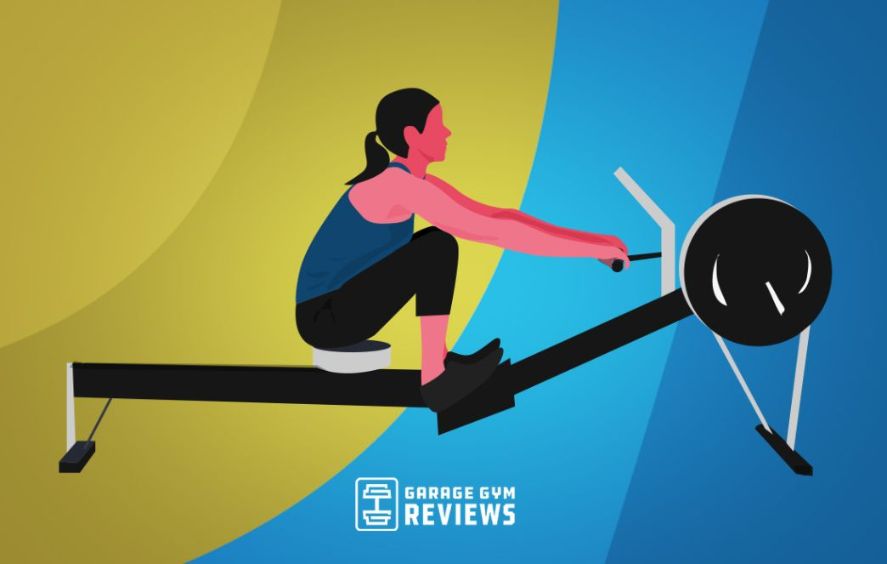
RPE is a standardized way to measure the intensity of your workout. At a very basic level, it allows you to estimate your level of exertion—and by default, the intensity of an exercise—by monitoring key signals, like heart rate, breathing rate, muscle fatigue, and sweat. Instead of focusing on just one of these measures, you take everything into account and assign yourself a number based on how hard you think your body is working.
RPE Scales
There are two RPE scales that are most commonly used: the Borg Scale and the modified RPE scale. Here’s a closer look at both.
Borg Scale (The “OG” RPE)
The original Borg Rating of perceived exertion scale was created by a Swedish researcher named Gunnar Borg. This scale uses 16 scores, from 6 (meaning no exertion at all) to 20 (meaning maximal exertion).
The scale purposely starts at 6 because it more closely correlates with heart rate. To get your estimated heart rate, you simply multiply your estimated RPE by 10. The six translates to about 60 beats per minute in a healthy adult; RPE 8 translates to 80 beats per minute, RPE 9 translates to 90 beats per minute—and the list goes on like that.
The exact breakdown looks like this:
| Score | Level of Exertion |
| 6 | No exertion at all |
| 7 | |
| 7.5 | Extremely light |
| 8 | |
| 9 | Very light |
| 10 | |
| 11 | Light |
| 12 | |
| 13 | Somewhat hard |
| 14 | |
| 15 | Hard (heavy) |
| 16 | |
| 17 | Very hard |
| 18 | |
| 19 | Extremely hard |
| 20 | Maximal exertion |
“Very light” exercise, or number 9, is equivalent to walking slowly for a few minutes2. “Somewhat hard” exercise—a 13 rating—is difficult but still manageable. A “very hard” (17) rating means that you’re pushing yourself beyond normal limits. “Extremely hard” is a step under maximal exertion, and often constitutes the hardest exercise you’ve ever done.
Modified RPE Scale
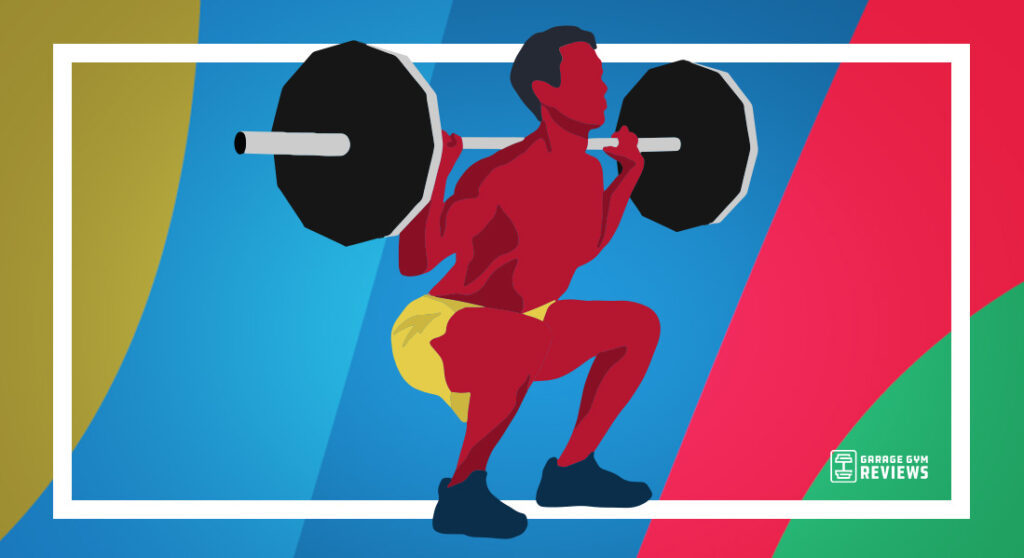
The modified RPE scale follows the same concept of the OG Borg Scale—you rate exertion and level of intensity based on an assigned numerical value—but the scale ranges from zero to 10, with zero being no effort, one being very light exercise and 10 being maximal effort, or exertion.
This scale was developed in response to some limitations that were found with the original scale. The most common is an underrepresentation of exertion3. In other words, people were giving lower scores to what was really maximal effort. Researchers also found out that while people were underestimating their level of exertion, when lifting weights, they were able to accurately predict how many more reps they could complete on a given set before tapping out.
Researchers used this information to create the modified version of the RPE scale. Not only does this scale range from zero to 10, it also includes a third metric: reps in reserve or RIR. RIR4 measures how many more reps you could perform before reaching failure—or an inability to execute the lift with proper form. By using RIR, you can work backward to give yourself an exertion score.
The breakdown of this scale looks like this:
| Score | Level of exertion | Reps in reserve (RIR) |
| 0 | No exertion | – |
| 1 | Very slight exertion | – |
| 2 | Slight exertion | – |
| 3 | Moderate | – |
| 4 | Somewhat severe | – |
| 5 | Severe | 4 to 6 reps remaining |
| 6 | 4 to 6 reps remaining | |
| 7 | Very severe | 3 reps remaining |
| 8 | 2 reps remaining | |
| 9 | Very, very severe | 1 rep remaining |
| 10 | Maximal exertion | 0 reps remaining |
Borg Scale vs RPE Scale
Both the Borg Scale and the modified RPE scale are really subjective measures of exertion. Because of this, they’re both limited by how well someone is able to guesstimate their level of exertion. Still, they can both be useful in a clinical setting, and there are no current guidelines on if one is better than the other.
That being said, the Centers for Disease Control and Prevention (CDC)5 says that the Borg RPE Scale is the preferred method for determining exercise intensity in people who take medications, like beta blockers, that can affect heart rate and pulse. And depending on the type of exercise you’re doing, you may find one more helpful than the other.
RPE in Cardio vs Weight Training
The original Borg Scale is likely a better way to measure your heart rate during cardio or aerobic training when you don’t have a fitness tracker or heart rate monitor handy.
For example, if you estimate your RPE at 9, you can translate that to 90 beats per minute. The scale was designed to make this calculation as straightforward as possible so you can stay within your target heart rate zones without advanced tracking.
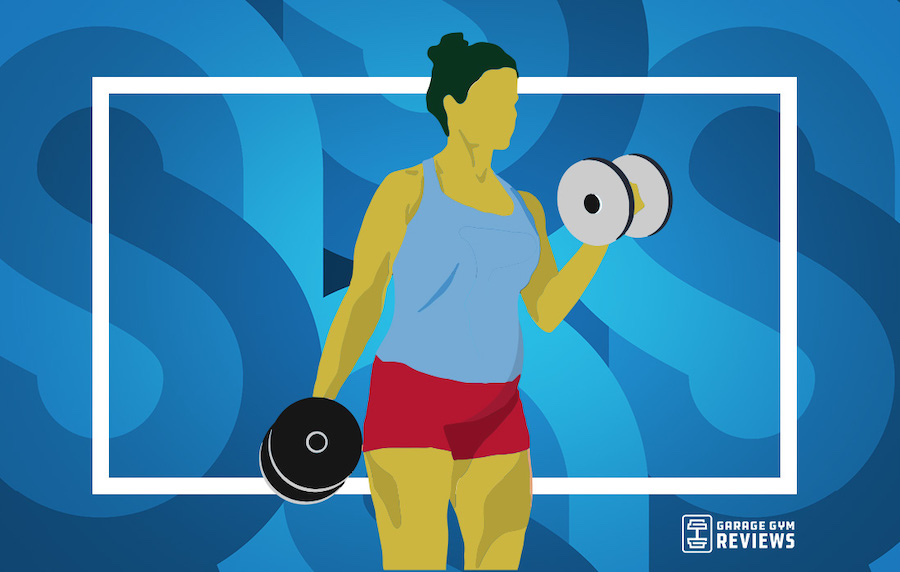
Because the modified RPE scale includes the reps in reserve component, it may be a better measure during strength training. Unlike the Borg scale, which really focuses on heart rate and breathlessness, the modified RPE scale can give you clues as to how many reps you have left in you.
On the flip side, you can use this reps in reserve estimate to rate your perceived level of exertion a little more accurately. For example, if you know you can only bust out two more reps with good form, you can work backward to determine that your RPE is 8.
How to Use RPE
In addition to measuring your workout intensity, RPE can be used as a way to design a lifting program that takes into account normal strength fluctuations that may be due to stress, lack of sleep, menstrual cycles, or just having an off day.
In our opinion, this is one of the biggest benefits of RPE. One day you may be on your A game and able to bench press 95 pounds. The next day you might max out at 75 pounds. Instead of challenging yourself to lift that 95 pounds, or go beyond it, every time you hit the bench, RPE training can help you progress without putting yourself at risk of injury.
Using an RPE-based system also allows you to train at a high level of exertion without training to failure too early on. If you train to failure on your first set, your reps on subsequent exercises will likely drop. This can translate to fewer reps overall.
Failure training also leads to more muscle soreness, which can affect subsequent sessions. Instead, by training at an 8 or 9 RPE, you can get in more volume, which translates to more muscle gains6.

And if you’re worried about progress, don’t be. A study published in Sports Medicine7 in 2016 showed that you’ll get similar increases in muscle strength with both failure and non-failure training. Getting in a higher number of reps (while still having an effective workout) is what we’re after here.
How exactly you use RPE depends on your fitness level, but because the measure is specific to you—e.g. what’s an 8 for a beginner won’t be an 8 for someone who’s been lifting heavy weight for years—tips for how to use it are pretty universal.
For example, you can take a 4-week cycle and perform your main lifts at 7 to 8 RPE and accessory lifts at 8 to 9 RPE. As a reminder, an RPE of 7 to 9 means you still feel like you could bust out one to three more reps when you’re done with your sets. An 8 to 10 means you could perform up to two more.
If you’re new to RPE workouts, it’s a good idea to spend some time defining your numbers instead of trying to guess what counts as a 7 or 8 for you. To do this, go through your regular training routine and after each set, write down how many more reps you think you could have done with good form.
Final Thoughts: What Is RPE?
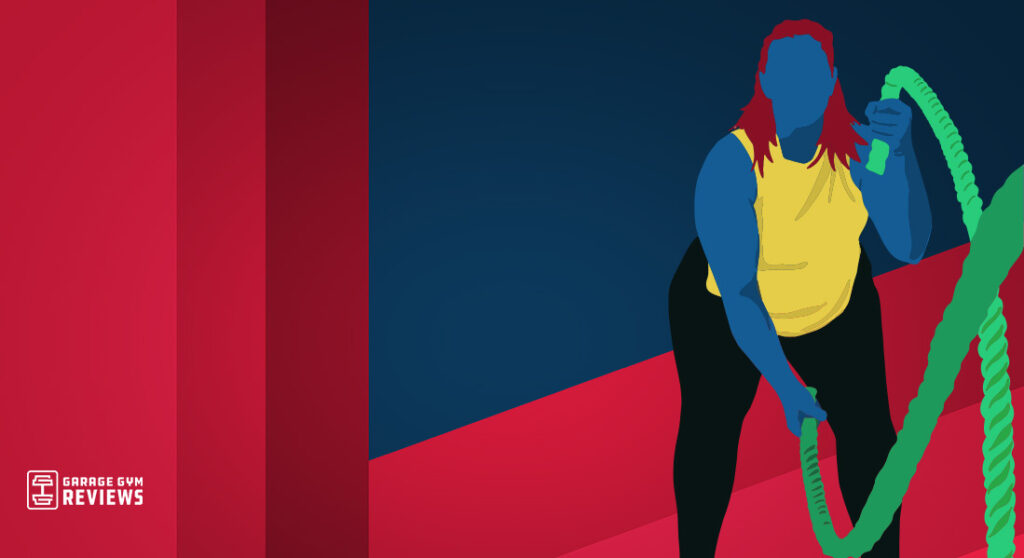
RPE is a way to measure your level of exertion during any given exercise. While it does have limitations—the most obvious being that it’s subjective so it’s not always highly accurate—there are some perks to using it too. For cardio or endurance training, RPE is a good way to estimate your heart rate and stay within target zones. For weight lifting, RPE can help you increase your overall volume, which can translate to better muscle gains.
Q&A: What Is RPE?
What Does RPE 7 Mean?
RPE 7 means you’re working out at a vigorous intensity (or high exertion level) and could potentially do three more repetitions before failure.
What’s A Good RPE For A Beginner?
For cardio workouts, Cleveland Clinic8 recommends staying around a 3 (moderate) to 4 (somewhat severe) most times. When lifting weights, an RPE of 7 to 9, or an RIR of 3 to 1 reps, is a good goal for beginners. This level of training intensity helps you maintain proper form, while also ensuring that you’re getting an effective workout in. If you’re a new lifter, you want to avoid maximum effort right out of the gate and instead, work your way up from a moderate-intensity fitness routine.
Why Does The RPE Scale Start At 6?
The original Borg RPE Scale starts at 6 to more accurately guess your heart rate during activity. To get a heart rate value, you multiple the RPE by 10. If you think you’re working out at 8 RPE, your heart rate should be around 80 bpm. If you’re exercising at 15 RPE, your heart rate should be around 150 beats per minute.
References
- Mayo Clinic. Exercise intensity: How to measure it. 2021.
- Williams, N. The Borg Rating of Perceived Exertion (RPE) scale. Occup Med. 2017;67(5):404–405.doi: 10.1093/occmed/kqx063
- Helms, ER, Cronin, J, Storey, A, Zourdos, MC. Application of the repetitions in reserve-based rating of perceived exertion scale for resistance training. Strength Cond J. 2016;38(4):42-49. doi:10.1519/SSC.0000000000000218
- National Academy of Sports Medicine. Reps in reserve (RIR): What you need to know.
- Centers for Disease Control and Prevention. Perceived exertion (Borg Rating of Perceived Exertion scale. 2022.
- Schoenfeld, BJ, Contreras, B, Krieger, J, et al. Resistance training volume enhances muscle hypertrophy but not strength in trained men. Med Sci Sports Exerc. 2019;51(1):94-103. doi:10.1249/MSS.0000000000001764
- Davies, T., Orr, R., Halaki, M. et al. Effect of training leading to repetition failure on muscular strength: a systematic review and meta-analysis. Sports Med 46, 605–610 (2016). https://doi.org/10.1007/s40279-016-0509-x
- Cleveland Clinic. Rated perceived exertion scale. 2019.
Further reading

Find the perfect gift for your team with our guide to wellness gifts for employees. Read more

What is the best cardio machine for home workouts? Discover the best cardio machines for a calorie-burning workout while achieving you weight loss goals. Read more

Tired of the same old boring front plank? Here are 13 different plank exercises to spice things up! Read more

In this Nautilus E614 Elliptical review, we’ll take a look at this discontinued model and offer alternate options with updated (and better) performance features. Read more

